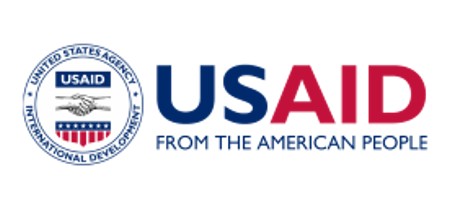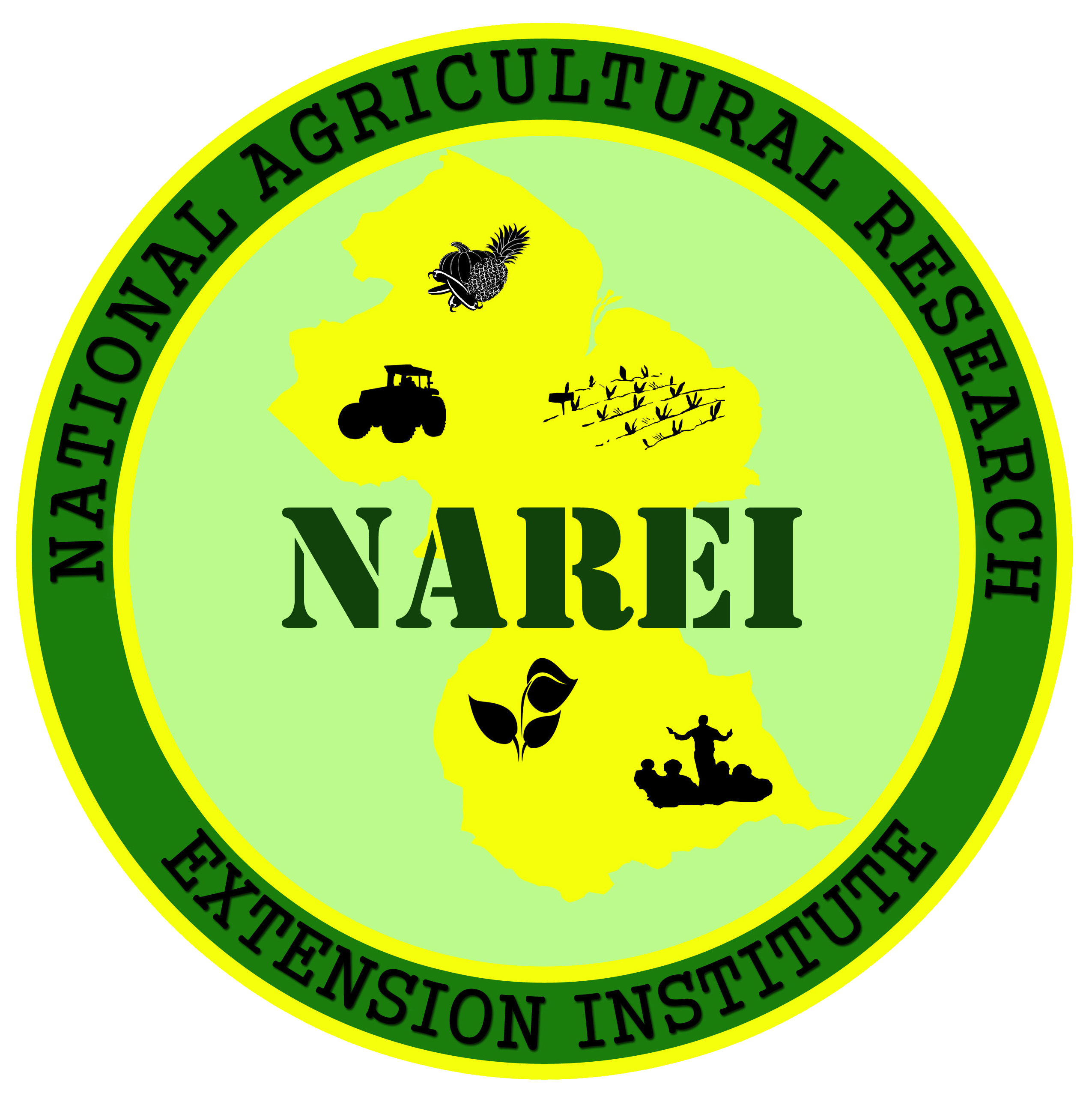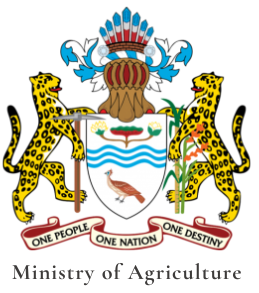
Description
GuyMIS is a web application dedicated to monitoring the extent and the change of mangroves in Guyana. Mangroves serve as a link between terrestrial and marine environments and as such, perform multiple functions including coastal protection, livelihoods for coastal communities, carbon sequestration and other countless ecosystem services. . The loss of mangroves has generated diverse negative climatic, social, ecological, and environmental impacts, thereby promoting the need for strategic plans for management, protection, and restoration actions. Guyana has taken progressive steps to manage its mangrove forests by implementing several strategies with National Agricultural Research and Extension Institute (NAREI) leading the drive to sustainably manage, restore and monitor the country’s mangrove resources since 2010. This web application is a critical component of NAREI’s mangrove monitoring system, which integrated GIS, remote sensing, field surveys and community engagement and research to better monitor and assess Guyana’s mangroves. The objective of the App is to make mangrove-related data freely available to partner organizations, government, and civil society on mangrove-related land-use change data that will allow for improved and efficient decision-making and actions related to hotspots of deforestation; engagement in land-use planning, policy-making, and actions that protect mangroves; planning for protection of farmers in low-lying coastal area; and efforts to support forest and biodiversity conservation in Guyana. A publication detailing the methodology used for this tool is in preparation.
Mangrove Extent Time Series and Change
This application used combined optical and radar datasets freely accessible and processed in Google Earth Engine (GEE) cloud platform for 2010, 2015 and 2020. Optical satellite imageries include Landsat 7 ETM (2010), Landsat 8 OLI (2015 & 2020) and Sentinel 2 (2020). Radar imageries include Alos/Palsar (2010) and Sentinel 1 (2015 & 2020). Random Forest Classification algorithm was used to classify mangrove and non-mangrove pixels, we filtered the mangrove pixels to only display mangrove extent for each year. We used the mangrove time series generated in GEE to calculate gains and losses between each year.
Restoration Impact Extent
Mangrove restoration sites were determined by National Agricultural Research and Extension Institute (NAREI) Mangrove Department, including location, year of activities and types of interventions. Mangrove extent generated in GEE for 2020 was used to calculate the impact extent of the restored areas.




